*This post may have affiliate links, which means I may receive commissions if you choose to purchase through links I provide (at no extra cost to you). As an Amazon Associate, I earn from qualifying purchases. Please read my disclaimer for additional details.
Wood panels offer a robust structure that lightweight for an easy installation process, whereas drywall has a higher water content making it heavier but soundproof and fire-resistant.
When it comes to your basement, both wood paneling and drywall carry their own set of benefits and drawbacks; which is best, ultimately comes down to your preference and the suitability for your project. To pick the right one, you’ll need to weigh up style, cost, and time factors.
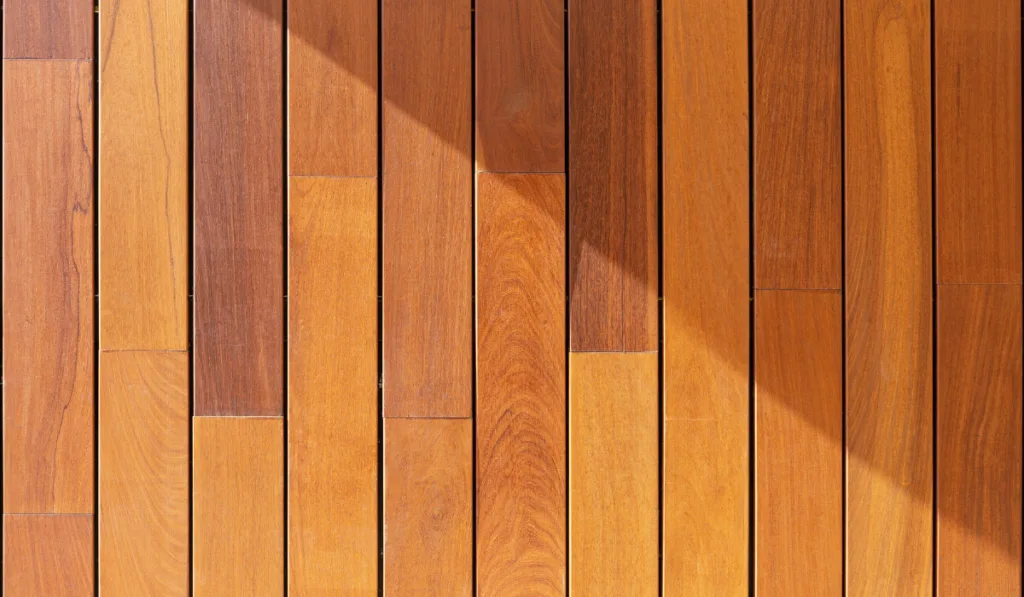
Continue reading to explore each of these factors in greater detail to help you make the right choice. You’ll also learn that wood paneling and drywall do not necessarily have to be exclusive options, and in some instances, you can use both together.
Table of Contents
Can You Finish A Basement With Wood Paneling Rather Than Drywall?
You can finish a basement with wood paneling, but you should never fasten this to a masonry basement wall that is below grade. This is because wood panels attached directly to concrete, block, or brick walls will draw water for the ground and expand over time.
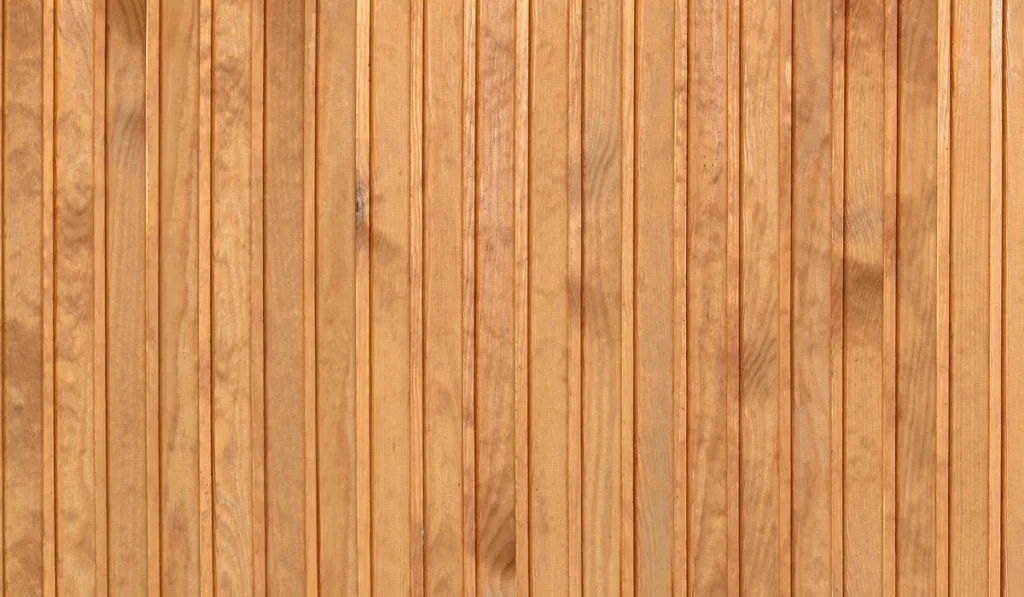
As the wood expands, it pushes against its fastenings and the masonry corners, resulting in buckled panels and warped walls.
If you’d like yo finish a basement with wood paneling, ensure that you install a vapor barrier to protect your basement against moisture and keep your paneling flat.
What’s The Difference Between Woodpaneling And Drywall?
Wood paneling is quick to install and gives you strong walls, while drywall provides your walls with a smooth finish that looks attractive in your home.
Wood panels possess less weight than drywall which is one of the reasons that they are easier to install. You will be able to fit a wood panel by yourself, whereas drywall will likely require two people.
With wood panels, you only need to apply an adhesive or caulk and allow them to dry, whereas drywall requires tape, joint compound, and sanding in order to smooth the surface properly.
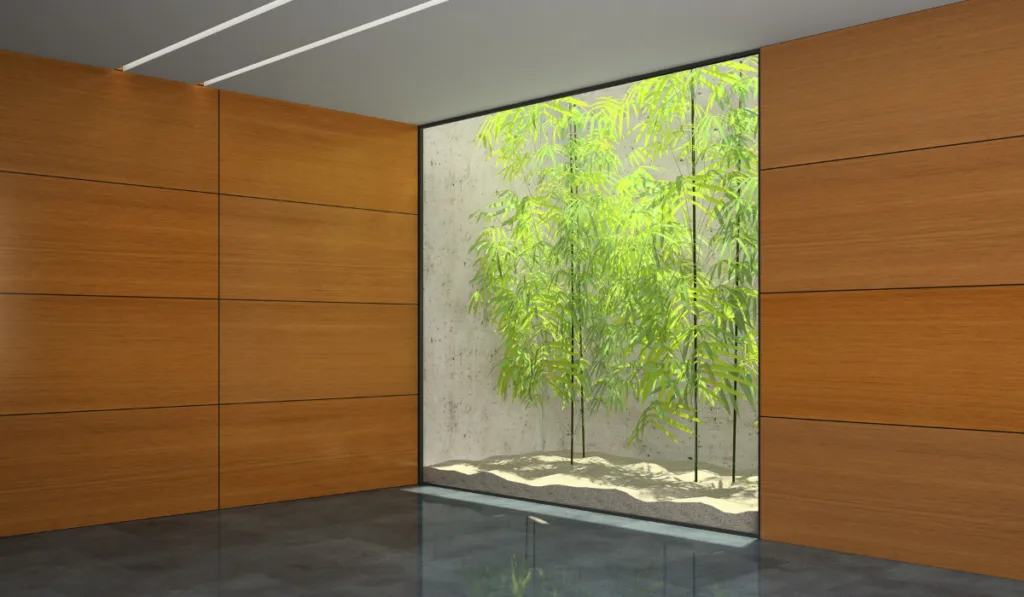
Which Is Cheaper: Wood Panelling Or Drywall?
A prefinished wall has a considerable cost variance, so it’s difficult to say which is the most expensive without having specific products to compare.
Generally, drywall sheets carry a lower price tag than wood panels.
Do I Need To Install A Drywall?
It’s good to check with your local building authority, as some areas may require you to install drywall under any paneling in your basement.
The reason is that replacing drywall with wood paneling can create a moisture problem in the basement. Modern construction ensures that any basement walls and foundations are well-drained to provide a damp environment.
In an older building, you may see areas where the damp-proof procedure has not been followed, and the paneling is beginning to suffer from rot and warping.
What Are The Advantages Of Wood Paneling?
Wood paneling comprises wide thin pieces of wood, generally held together by adhesive and used to enhance the architectural design of a room.

This material is easy to cut and trim and can provide a natural and finished look to a room. The two main wood paneling options include sheet or board paneling.
What Are The Disadvantages Of Wood Paneling?
The biggest drawback of wood paneling is that it takes far more time and effort to install than drywall. Additionally, wood paneling doesn’t provide the same level of sound resistance as drywall does.
If you use your basement as a workshop or something similar, this wall can create a noisy and annoying atmosphere.
What Is The Cost Of Installing Wood Paneling?
The average price of pressed wood paneling is around $23 for a 4×8 panel. The cost varies between $12 and $40 depending on your location and the company you purchase it from.
However, the real difference in price lies with high-quality wood paneling, which is far more expensive. A 4×8 sheet of ebony paneling is around $400.
If you want a high-quality appearance at a lower cost, try self-adhesive panel strips that you can apply directly to your walls.
What Are The Advantages Of Drywall?
Drywall – also known as wallboard or gypsum – is a sizable sheet or robust finished material that people use to construct the interior walls within their homes.
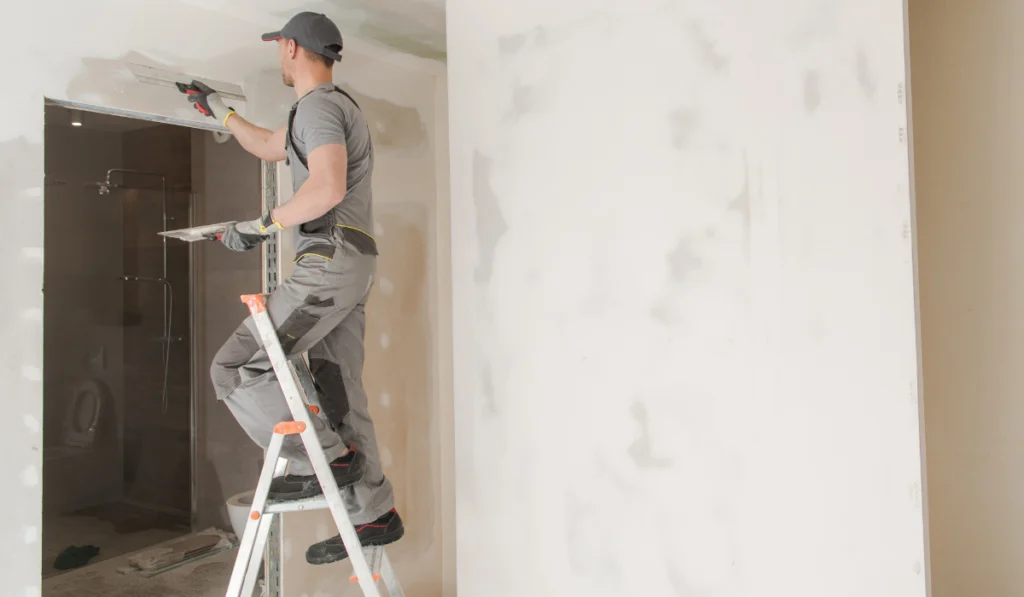
Drywall has a composition of crystallized water and dried gypsum that gives it the quality of being fireproof.
In addition, drywall contains contains gypsum which soaks up sound well and is easy to repair if it gets damaged. And it’s compatible with various sources, including paint and wallpaper.
This material is pretty easy to install and relatively durable against wear and tear. In the 1930s, this fast installation process helped increase the popularity of drywall as it began to replace plaster as the most common covering.
According to experts, drywall comprises around 21% water, accounting for 50% of its overall volume. This helps it reduce the risk of fires spreading while effectively absorbing any sound emanating from the area.
What Are The Disadvantages Of Drywall?
One of the disadvantages to using drywall is the sheer weight of the product; for safety reasons, two people should be present to carry each bundle. While the water volume is ideal for fire and noise resistance, it is not so great for the product’s overall weight, which can reach around 54lbs.
And unless you paint or cover the drywall, it’s not very aesthetically pleasing.
What Is The Cost Of Installing Drywall?
The average price of a drywall sheet is around $15 for a 4×8 panel. The cost varies between $12 and $20 depending on where you live and the company you purchase it from.
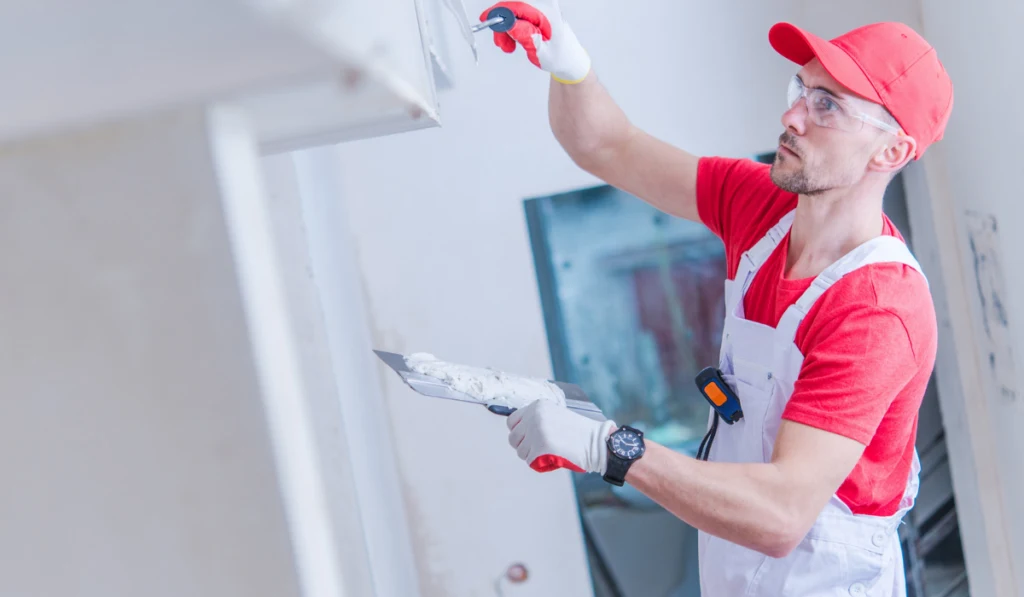
If you want to price up how much it will cost to install drywall for your entire basement, you’ll want to calculate the costs between $0.40 and $0.65 for every square foot you purchase.
If you hire a professional to install the drywall in your home, you can expect this cost to rise to around $1 – $3 per square foot.
What Different Drywall Types Available?
There is a range of drywall types available. Each of these products comes with a range of benefits, and which is “best” depends on your project.
Regular Drywall
Regular drywall is the most common drywall which is brown on one side and white on the other. Its thickness ranges from ⅜” to 1″ and is an ideal product for a basement finish.
Mold-Resistant Drywall
Mold-resistant drywall possesses a green colored cover which builds up its moisture resistance; plus, its unique coating helps to prevent the product from developing mold.
These panels are more expensive than regular drywall and better suited to kitchens and bathrooms than they are to basements.
Sound Dampening Drywall
Sound dampening drywall possesses a similar thickness to a regular sheet of drywall, but it’s layered, which helps reduce the transmission of sound between rooms.
This is best used in places where you want to reduce the noise.
Fire-resistant Drywall
Fire-resistant drywall is extra thick. This helps to reduce both the spread and speed of a fire. Plus, it increases the sound control of a room.
This is an excellent option for basements, garages, and utility rooms.
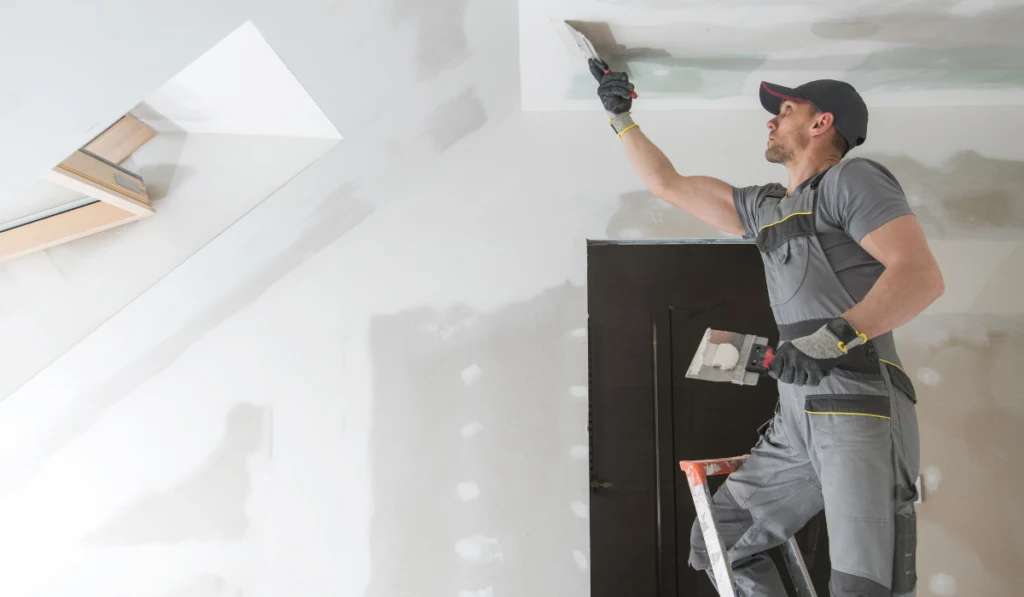
Why Do People Have A Negative Association With Wood Paneling?
Some people hold a negative association with wood-paneling because they picture the 60s and 70s style of wood paneling popular in homes throughout homes of that era. This association carries an image of cheap, fake wood that has long since gone out of fashion.
But modern wood paneling possesses many upgrades such as hardwood veneers, variable sizing, and premium plywood backing that make it an ideal material even in modern homes.
While the photo veneer version of wood paneling is still available, many manufacturers have replaced it with hardwood veneers such as teak and mahogany and classic materials like oak and maple.
Compared to the thin veneers seen in the 1960s, these are much more substantial and offer a far more comprehensive array of mounting and sizing options.
Can I Combine Wood Paneling And Drywall?
Yes, you can, sometimes. In some instances, you can opt for wood paneling covered with drywall which offers up the combined benefits of these products.
To install drywall on top, you’ll need a good-quality wood panel underneath. This option is popular in homes where the owners want to update the wall finish but don’t want the time or cost of removing the wood panels.
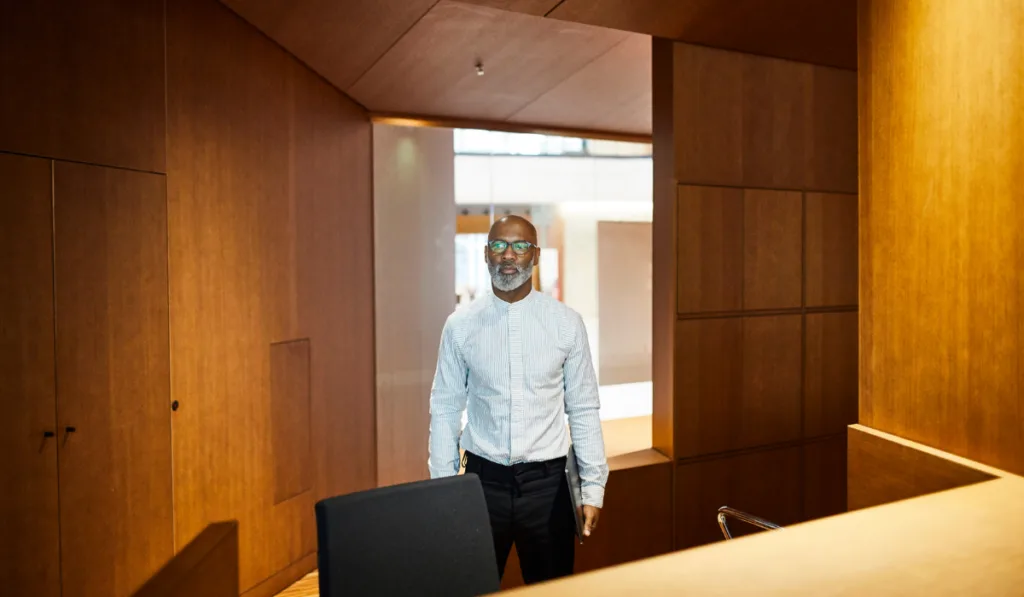
Final Thoughts.
Wood paneling is an excellent option if you are looking for a solid wall finish that is easy to install, but you may face a hefty price tag if you’re looking for a quality finish.
Drywall is often cheaper and comes with a range of benefits, such as soundproofing and fire resistance, but it doesn’t possess the same robust qualities as wood panels.
If you want to incorporate the best of both worlds, try combining both materials. There are many situations where you can install drywall over wood panels to refresh or update your looks; you just need to ensure that you follow the process correctly.
Resources
- https://www.hunker.com/13418447/paneling-vs-drywall
- https://topfixnow.com/wood-paneling-vs-drywall/
- https://storiesofahouse.com/wood-paneling-vs-drywall/
- https://www.quora.com/Can-you-finish-a-basement-with-wood-paneling-instead-of-drywall
- http://www.madehow.com/Volume-2/Drywall.html
- https://www.buildingscience.com/documents/digests/bsd-106-understanding-vapor-barriers
